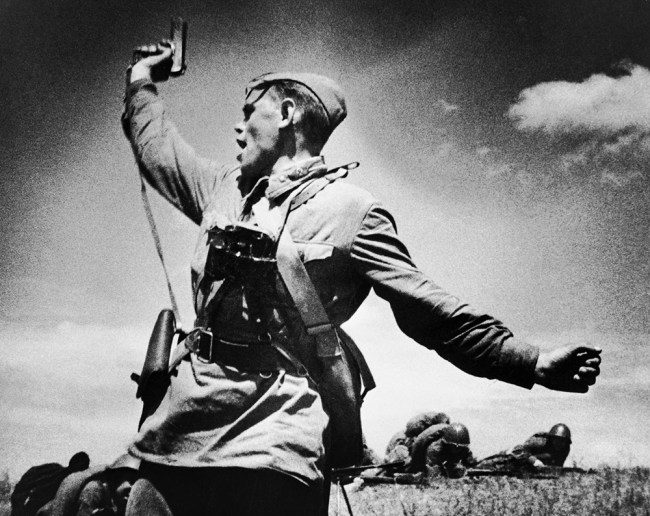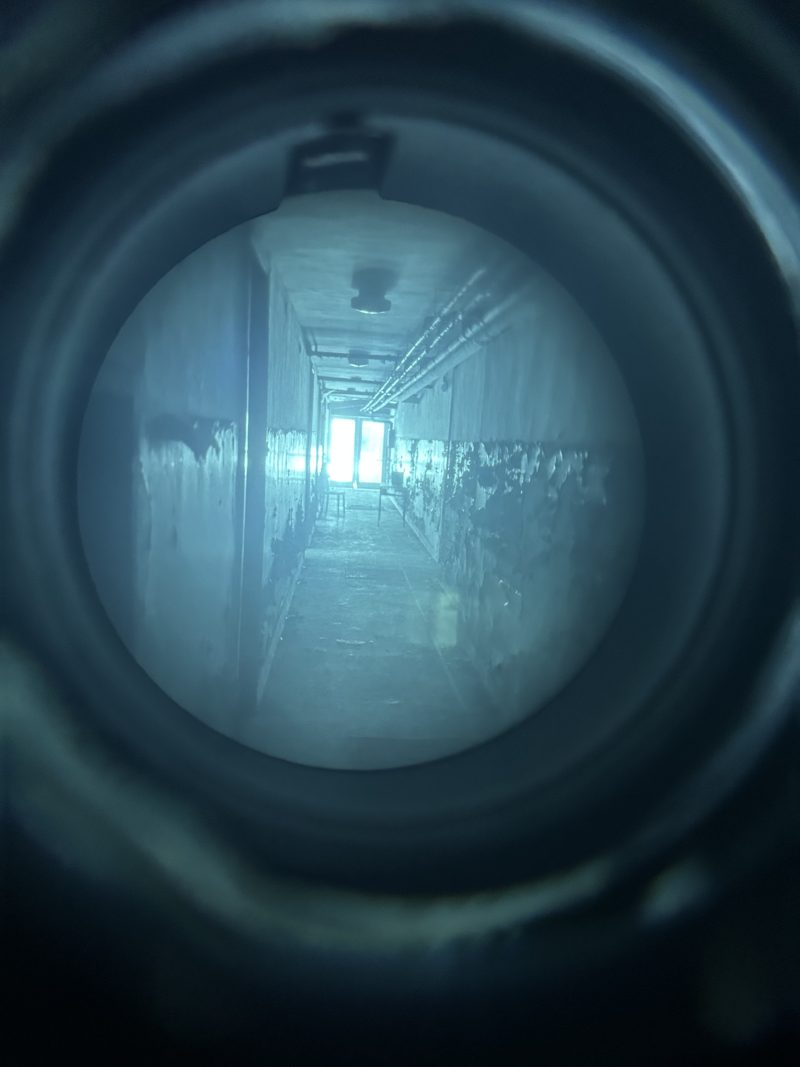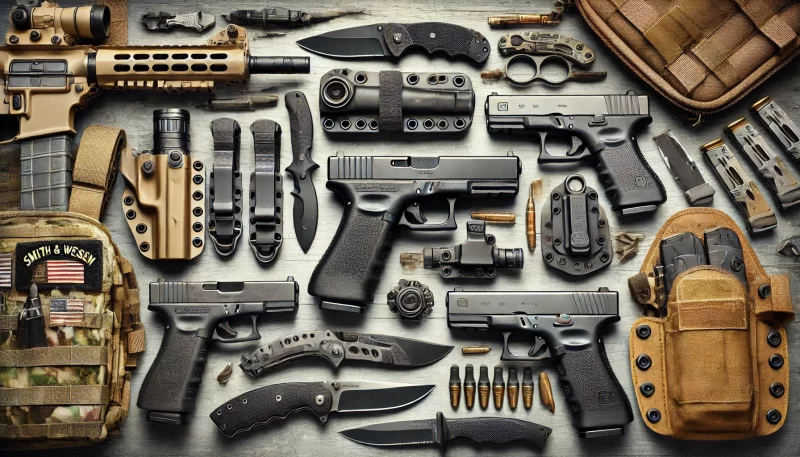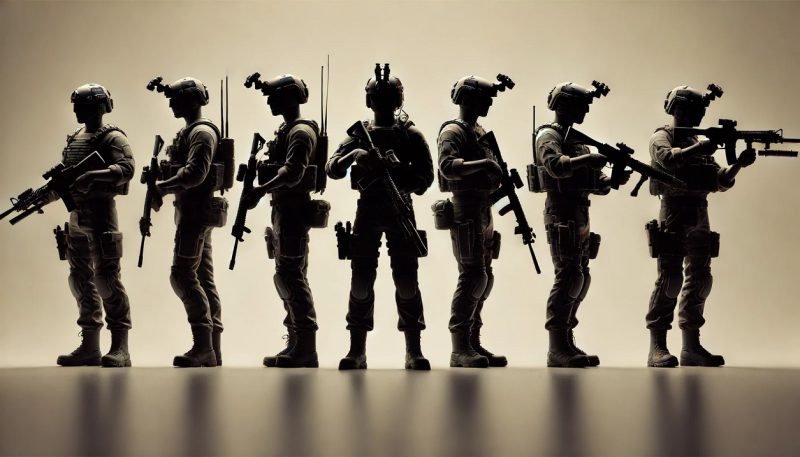The TT pistol has been recognized as one of the most popular pistols of the 20th century. It was a clone of the Browning M1903 pistol and the very first self-loading pistol in the Soviet Army. It served as a service pistol in the Eastern Bloc for a long time. Alongside police and military, it was widely used by criminal elements and collectors.
History
Fedor Tokarev designed the TT pistol in 1930; it replaced the obsolete Nagan M1895 revolver in the Soviet Army. This pistol was named after the city it was developed and produced (Tula) and its designer (Tokarev), or TT. The first version entered Soviet Army service in 1930, and that is why it was designated as TT-30. In 1933, Tokarev made some slight modifications to the original version on Soviet Army requests, and that new pistol was redesigned as TT-33.
It was designed for eight powerful 7,62×25 mm cartridges and weighed 0.94 kg. To a greater extent, the design copied American analogs of the Colt and Browning series pistols, mostly the Browning M1903 pistol. By the way, Soviet designers intended to “copy” browning completely, and only problems in manufacturing technology made it impossible to copy the original. They had to follow the path of simplification and cheapness.
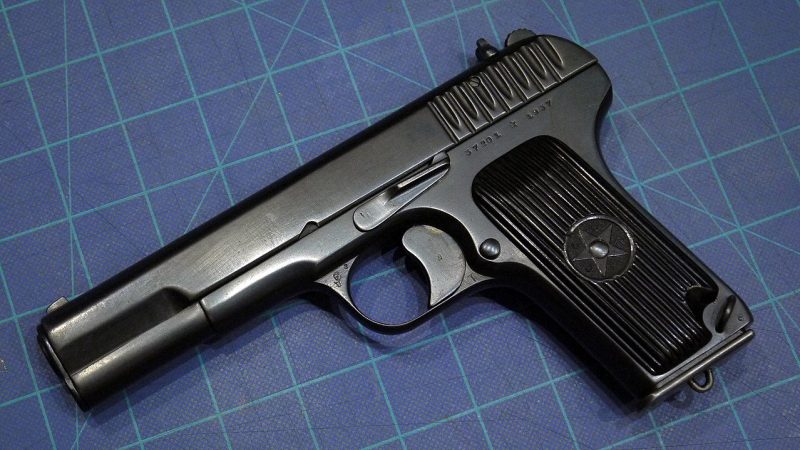
The pistol was further refined and improved several times – in 1939, 1942, 1944, and 1947. As a result, the weapon increased the magazine up to 16 rounds, became more reliable, more convenient, and most importantly, each time, it became cheaper and cheaper.
Most TT-33s were issued to commanding officers in the Soviet Army. The TT-33 was widely used by Soviet troops during World War II but did not completely replace the Nagant. From 1931 to 1945, 1,330,000 TT pistols were produced in the Soviet Union.
Design
The TT pistol fires standard ball rounds, tracer, and armor-piercing incendiary rounds. It lacks stopping power but makes up for penetration and accuracy. In terms of penetration, it outperforms most other pistols. It shoots through a 15 cm wooden log. Also, it penetrates both sides of army helmets and light bulletproof vests. It penetrates most bulletproof vests from one side. Only the most protected bulletproof vests protect this powerful pistol.
The sights are fixed. These are factory set at 25 meters. However, the TT has a longer effective range. At a range of 50 meters, the TT has an accuracy error of 15 centimeters and is considered accurate. However, in terms of accuracy, it lost to most modern pistols.
The original TT does not have a safety mechanism. It can discharge accidentally, so carrying this weapon with a loaded chamber is unsafe. Most of its variants, produced in other countries, are fitted with a safety mechanism that prevents accidental discharge. The TT is flat and can be concealed easily. However, there are some issues with its ergonomics. It resulted from cost-cutting in trying to simplify production and reduce production costs.
Variants
The TT was widely exported to Soviet allies. This pistol’s modified variants and clones were produced in China, Czechoslovakia, Hungary, Iraq, North Korea, Poland, Vietnam, and Yugoslavia. Even though it is outdated, the TT is still used by military and law enforcement forces in many countries. This pistol is still produced in some countries but intended mainly for civil customers rather than military or law enforcement users.
Numerous copies, variants, and clones of the TT pistol were produced. Some of them are listed below. Some of the clones are chambered from 9×19 mm Parabellum ammunition.
- Pistole 615(r) (Germany) – some TT-33s were captured by Wermacht and then issued as a new pistol under this designation.
- Type 54 (China) – Some Chinese versions are fitted with manual safeties.
- Type 68 (North Korea) – a North Korean variant of the TT pistol.
- PW Wz.33 (Poland) – a Polish copy of the TT pistol. It was produced between 1947 and 1959.
- TTC (Romania) – it was produced well into the 1950s.
- Zastava M57 (Yugoslavia) – an improved Yugoslavian variant of TT-33. It has a 9-round capacity magazine.
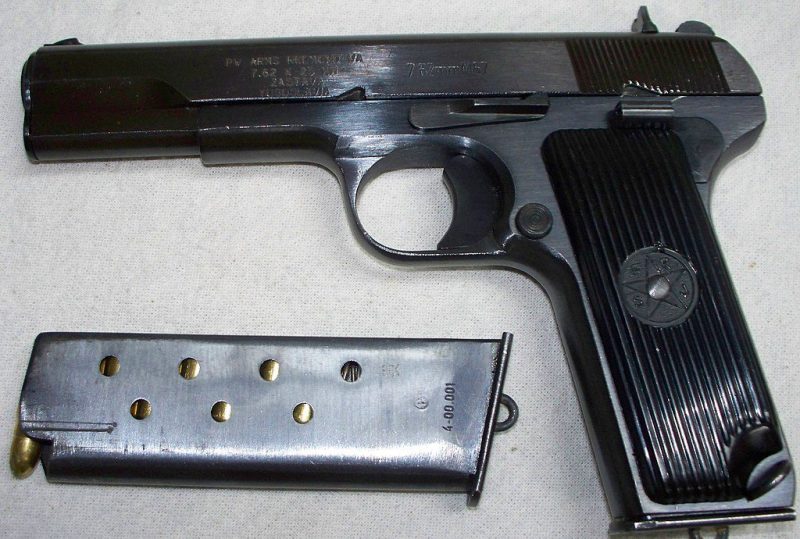
Production
The production of weapons was completed in 1952. The old model TT was replaced by the Makarov pistol (PM). Until 1960, Makarov forced him out of the army, and by 1970 he was forced out of the police. It was used only in paramilitary security. As a result of considerable stocks in army warehouses and low prices on the black market, Tokarev proved to be the most affordable weapon and continued to appear in crime reports until 2000.
Technical specifications
| Manufacturer: | Tula Tokarev Plant, Tula oblast, Russia |
| Type: | Short recoil actuated, locked breech, single action |
| Caliber: | 7.62×25 mm |
| Barrel: | 116 mm (4.6 in) |
| Weight (empty): | 854 g (30.1 oz) |
| Magazine capacity: | 8-round detachable box magazine or 9-round detachable box magazine compatible with Zastava M57 |



